10 Best Adventures of 1991
By:
June 1, 2020
Twenty-nine years ago, the following 10 adventures from the Eighties (1984–1993) were first serialized or published in book form. They’re my favorite adventures published that year.
Please let me know if I’ve missed any adventures from this year that you particularly admire. Enjoy!
- Karen Joy Fowler’s historical adventure Sarah Canary. Is Sarah Canary a sci-fi novel? It was nominated for Nebula Award, so sci-fi readers certainly think it is. A weird-looking, white-skinned woman — wearing a battered but fashionable black dress — wanders into a railway camp in Steilacoom, Washington in 1873; she warbles like a canary instead of speaking. Railway worker Chin Ah Kin is ordered to take “Sarah Canary,” as she’s dubbed, to a nearby asylum; he ends up in the asylum, himself. There, the two meet B.J., an inmate who is sporadically sane. The three of them escape and head for San Francisco. The traveling party comes to include a showman named Harold, and Adelaide, a suffragette who fears the conventional roles of women; both seek to exploit Sarah for their own purposes.) What follows is a funny, moving, sometimes terrifying series of adventures and misadventures. The reader may suspect that this is a first-contact novel; Sarah indeed seems to possess unearthly abilities, or maybe unearthly technology. However, if our titular character is indeed a visiting extraterrestrial, then this picaresque makes it clear that the year 1873 was a particularly unfortunate time for a tour if the misogynist, racist American West — which Fowler renders as strange and terrifying as any alien planet. Each chapter begins with a poem by Emily Dickinson; several interludes provide factual information about strange but true events that happened in 1873. Fun facts: Fowler is best known as the author of The Jane Austen Book Club, a best-selling novel that was made into a 2007 romantic movie of the same name. But she began her career as a writer publishing sci-fi stories; Sarah Canary was her first novel. In 1991, Fowler cofounded the James Tiptree, Jr. Award, a literary prize for science fiction or fantasy that “expands or explores our understanding of gender.”
- Bret Easton Ellis’s sardonic thriller American Psycho (1991). Not one of my favorite books, but an underrated one — and an important cultural touchstone. David Foster Wallace said of novels by Ellis (“and certain others”) the following: “If what’s always distinguished bad writing — flat characters, a narrative world that’s cliched and not recognizably human, etc. — is also a description of today’s world, then bad writing becomes an ingenious mimesis of a bad world.” This is a fair description of American Psycho. Patrick Bateman, a Manhattan investment banker who worships Donald Trump, drones on about fashion, grooming, luxury goods, sex and violence, and the work of 1980s pop music artists. The present-tense stream-of-consciousness narrative quickly induces the sensation that one has been cornered, at a party, by a coked-out yuppie douche. He is also a psychopath (the shallow, vicious product, the author would have us understand, of a shallow, vicious capitalist society) and a serial killer (the violent, misogynistic product of etc.), though it’s not impossible that his murderous spree is a delusion. In an elite, privileged world where everything is commoditized and fungible, then why not kill and eat prostitutes and club girls? (At one point, he confesses his “murders and executions” to a colleague, who mishears the phrase as “mergers and acquisition.”) The novel’s violence is truly grisly and disturbing. Ellis’s publisher, Simon & Schuster, who’d acquired the book before he wrote those scenes, withdrew from the project because of “aesthetic differences”; and most reviewers expressed disgust for both the book and its author. A frightening, graceless, ingenious yarn about a frightening, etc. Fun facts: “Look man,” DFW’s quote continues, “we’d probably most of us agree that these are dark times, and stupid ones, but do we need fiction that does nothing but dramatize how dark and stupid everything is?” Mary Harron’s 2000 film adaptation, starring Christian Bale at his creepiest, is terrific — better than the book.
- Marvel’s sardonic-superhero Deadpool comics (1991–ongoing). Deadpool made his first appearance in The New Mutants #98; created by artist/writer Rob Liefeld and writer Fabian Nicieza, Wade Wilson was a killer with super-agility… who bore an uncanny resemblance to Slade Wilson, aka Deathstroke, from DC’s Teen Titans. (From the start, he was an in-joke.) Kicked out of the Special Forces and given a regenerative healing factor akin to Wolverine’s — by a secret government Weapon X program — he’d become a villainous mercenary. Deadpool would appear sporadically in various Marvel titles until he was given his own series, initially written by Joe Kelly and drawn by Ed McGuinness, in 1997. The “regeneratin’ degenerate” now became the Deadpool we know and love — a parodic antihero aware that he’s in a comic book. He breaks the fourth wall, directly addressing readers; he also reads Marvel comics in order to gain an unfair advantage over his opponents. Its creators expected the series to be canceled at any moment, so they didn’t hold back; Deadpool comics were stupid, slapstick, angsty, outrageous, and weird. “When it comes to the Merc with a Mouth,” Marvel’s official character webpage proclaims, “with great power comes no responsibility.” Fun facts: Ryan Reynolds portrayed Wade Wilson in X-Men Origins: Wolverine (2009), and reprised the role in Deadpool (2016) and Deadpool 2 (2018). In these latter (pretty great) adaptations, Deadpool’s “Truman Syndrome” gives him the ability to reference and mock not only X-Men movies, but also Ryan Reynolds’s previous movies.
- Pat Cadigan’s cyberpunk sci-fi adventure Synners. Gina, Visual Mark, and Gabe are middle-aged virtual-reality creatives, who’ve seen new technological breakthroughs transform their industry — and the wider world — for better and worse. The brain has been thoroughly mapped; and “sockets,” which allow us to input sensory information directly into our brains, and which were at first intended for entertainment purposes (immersive movies and music videos), have changed the way people experience life. When the corporation for which they work (Diversification Inc.) gives Visual Mark sockets, he becomes even less tethered to reality than before. Gina isn’t particularly interested in sockets — but she uses them to stay connected with her ex-boyfriend. It seems that these virtual-reality creatives can use sockets not only to input experiences, but to output them too; Visual Mark feels liberated by the technology, and abandons his body. Gabe, meanwhile, who was a bit of a slacker, finds it hard to adjust to sockets — which demand that he focus his attention and be the ever-present master of his imaginings. Instead of mastering this new technology, our three protagonists are mastered by it. Like one of Gabe’s productions, the novel itself is a bit cryptic, and hard to follow, with multiple POVs… until suddenly, after the halfway point, it coheres into a powerful, thrilling adventure story. Fun facts: Robert A. Heinlein dedicated his 1982 novel Friday to Cadigan. She won a Hugo Award for her 2012 novella The Girl-Thing Who Went Out for Sushi.
- Emma Bull’s cyberpunk sci-fi adventure Bone Dance. In a climate change-modified Minneapolis (or so one suspects), our androgynous protagonist Sparrow hustles by maintaining and repairing salvaged artifacts dating back to the “Big Bang”… that is, approximately the time we’re living in now. Like Robert Heinlein’s Friday, Sparrow seems to be badder than your average bad-ass, but exactly who and what she is we don’t understand. not at first. She traffics mostly in precious books, movies, and audio recordings. However, in the war between the Americas, we learn, the decisive weapon were figures with mind-control powers — known as the “Horsemen” — and it’s information on these that Sparrow seeks, in order to get rich quick. Weird things happen. As the story begins, Sparrow can’t recall the previous two days; she’s bruised and battered — what happened? She consults a Tarot reader — the book’s ten sections are named for Tarot cards, and is abducted by a dead man animated by what appears to be a loa, one of the “invisibles” of Louisiana Voodoo. (A nod, perhaps, to William Gibson’s Count Zero, published a few years previously?) The “Horsemen,” we discover, are not what Sparrow thinks they are; and the Voodoo-based community she encounters are rebels who need someone like her. Fun facts: Emma Bull’s best-known novel is War for the Oaks (1987), one of the pioneering works of urban fantasy. Bone Dance was nominated for the Hugo, Nebula, and World Fantasy Awards.
- Philip Kerr’s Berlin Noir historical crime adventure A German Requiem. Released from a Soviet prison camp in 1947, private eye Bernie Gunther makes his way from Allied-occupied Berlin — where the Soviet Union has begun unilaterally implementing elements of a Marxist political-economic system — to Allied-occupied Vienna. He’s there to investigate the murder of Linden, an American officer. Supposedly, he was killed by Emil Becker, a smuggler and former (dirty) Berlin police colleague of Gunther’s; but a high-ranking Soviet secret police officer, Poroshin, tells Gunther that Becker was framed. In Vienna, Gunther encounters Traudl, a beautiful German Communist, and Veronika, a Czech Jewess; these are two of the more fully realized female characters in Kerr’s trilogy. He’s befriended by Belinsky, supposedly an American Counter-Intelligence Corps (CIC) agent who’s also investigating Linden’s death. When Gunther is recruited by the “Org” — a secret organization of former Nazis — he finds himself embroiled in a postwar political situation straight out of Graham Greene. Whose movie The Third Man is being directed, in Vienna, as the novel ends. Fun facts: This is the final “Berlin Noir” trilogy installment. However, Kerr would write over 10 additional Bernie Gunther novels, including The One From the Other (2006), A Quiet Flame (2008), and If The Dead Rise Not (2009).
- Jim Starlin, George Pérez, and Ron Lim’s superhero space opera The Infinity Gauntlet. Thanos, an Eternal who carries the Deviants gene, is a super-powered nihilist in love with the physical embodiment of death; this much has been established before the beginning of this epic limited series. In order to impress Mistress Death, Thanos has collected the Infinity Gems (Soul, Mind, Power, Time, Reality, Space) and mounted them on a gauntlet; he now possesses godlike powers, which he uses to snuff out a quarter of all living things in the universe. This includes many Marvel superheroes. Earth, meanwhile, is derailed from its orbit, which leads to a new ice age. Epic! Adam Warlock, a cosmic superhero who’s tangled with Thanos before, recruits Earth’s remaining heroes and villains — the Silver Surfer and Doctor Strange being the most important of these — to steal the Infinity Gauntlet. Thanos kills many of our favorite heroes like a man swatting mosquitoes, which is weirdly thrilling. Also, he’s a sympathetic figure, because he truly believes that the universe only has so much life and energy to go around. Is he right? Fun facts: Published July–December 1991, in six installments. The storyline crossed over into other Marvel titles. (Starlin developed the character Thanos in 1973.) The Infinity Gauntlet story is retold in the movies Guardians of the Galaxy (2014), Avengers: Age of Ultron (2015), Avengers: Infinity War (2018), and Avengers: Endgame (2019). Casting Josh Brolin as Thanos was a terrific decision.
- Frank Miller’s neo-noir Sin City comics (serialized 1991–2000). “It’s kinda like the old Rolling Stones song, where ‘every cop’s a criminal, and all the sinners are saints,'” Miller has explained, “where the lowlifes would often be heroic, and the most stridently beautiful and sweet women would be prostitutes.” Sin City is an interrelated series of mostly black-and-white “yarns,” set in the titular city somewhere in the American West. We’ll meet the same characters several times — including the massive, heavily scarred Marv, whom Miller would describe as “Conan in a trench coat”; Dwight McCarthy, a nihilist with a history of drinking, violence, and wild love affairs; Gail, an Uzi-wielding dominatrix who runs the red-light district with an iron fist; and Miho, a mute female assassin. In “The Hard Goodbye” (Dark Horse Presents issues #51–62) for example, Marv wakes up after a one-night stand to discover that Goldie, a woman who somehow was able to overlook his hideous appearance, is dead; he’s been framed for murder, and he’s out for revenge. And in “A Dame to Kill For” (November 1993–May 1994), Dwight attempts to rescue his former fiancée, Ava, from her abusive husband; but is she the victim? Writing in HILOBROW, Adam McGovern has hailed the series’ “macabre cautionary desensitization and humorous overstatement.” Fun facts: The comics have been collected in various paperback and hardcover editions, each more gorgeous than the previous. “The Hard Goodbye,” “The Big Fat Kill,” and “The Yellow Bastard” were adapted as Robert Rodriguez and Frank Miller’s 2005 movie Sin City, which stars Jessica Alba, Benicio del Toro, Brittany Murphy, Clive Owen, Mickey Rourke, Bruce Willis, and Elijah Wood. There was a 2014 sequel, and there is supposedly a TV series reboot in the works.
- John Barnes’s sci-fi adventure Orbital Resonance. In the far future, after Earth’s ecology has been all but destroyed, a generation of children is being raised on the Flying Dutchman, a colony built on an asteroid looping between Earth and Mars. Melpomene Murray, our 13-year-old protagonist, and her cohort have been trained — and, as Melpomene comes to realize, mentally conditioned — from birth, to lead mankind into the future. “Lead” might be the wrong word, however, since Melpomene’s handlers, in their wisdom, have organized an adolescent social order in which young people won’t and can’t function on their own, outside of their highly cooperative groups. Unlike the kids in Ender’s Game, that is to say, these young folks aren’t hyper-competitive geniuses; instead, they seek consensus, rely entirely on one another, and prioritize the group’s success of their own individual success. Even their sports games, like the variable-gravity, lacrosse-style activity called Aerocrosse, involves working together. The worst insult, in these kids’ vocabulary, is “unco” — which stands for “uncooperative”. So is this a utopia or a dystopia? Mel and her friends thoroughly enjoy their lives… until they’re joined by a boy from Earth who has grown up with different values. The story ends abruptly, as series installments sometimes do, but it’s a fun, provocative slice of life in the spirit of Heinlein’s juveniles — though it’s not actually written for a young audience. Fun facts: Nominated for the Nebula Award. The following three books in the Century Next Door series are Kaleidoscope Century (1995), Candle (2000), The Sky So Big and Black (2002).
- Diana Gabaldon’s Outlander historical romance Cross Stitch (published in the Us as Outlander). An exasperating, silly adventure in many ways — but a wildly popular one, which is not without its thrills. Vacationing in the Scottish highlands, Army nurse Claire Randall is transported from 1946 to 1743. She’s assaulted by Captain Jack Randall — agent provocateur for the English, sadistic sexual predator, and a doppelgänger for Claire’s husband, Frank, who is descended from Randall. Rescued by a band of highland Scots who whisk her away to Castle Leoch, the seat of the Clan Mackenzie, she falls in love with and marries handsome, kind, lusty, brave Jamie Fraser. The doomed Jacobite Rising is fast approaching, Claire knows; how can she warn her new kinsfolk to stay out of it? Especially when many of them think she’s a witch or a Sassenach spy? Like every adventure set in Scotland, there are some pretty fun chase scenes and skirmishes. Claire and Jamie’s sex life is a mutually rewarding one, which is nice for them; for us, it’s tedious. Bizarrely, although Claire tells Jamie she’s from the future, and although he believes her, they never talk about it. It’s also a rape-y story (though it’s not Claire who gets raped), and the last fifth of it rivals American Psycho in its description of torture and assault. Fun facts: Outlander is one of the best-selling book series of all time. There are seven other installments, so far, including: Dragonfly in Amber (1992), Voyager (1993), and Drums of Autumn (1996). A TV series adaptation premiered in 2014, on Starz; starring Caitriona Balfe and Sam Heughan, it is now in its fifth season.


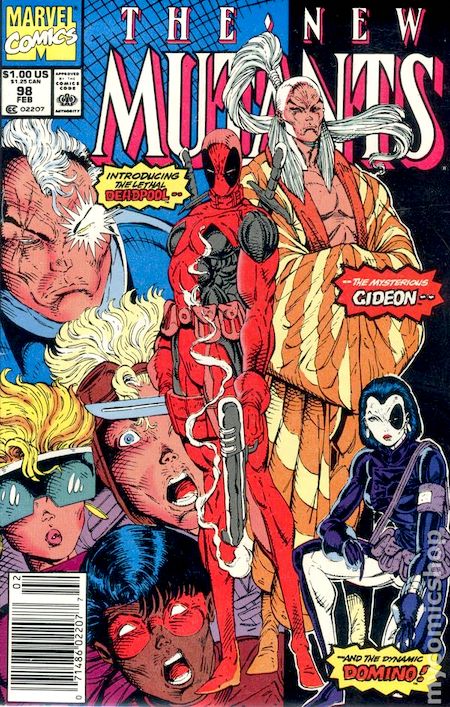
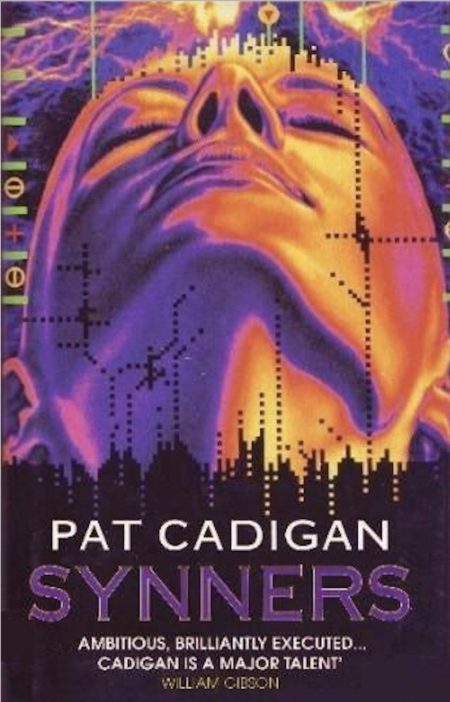
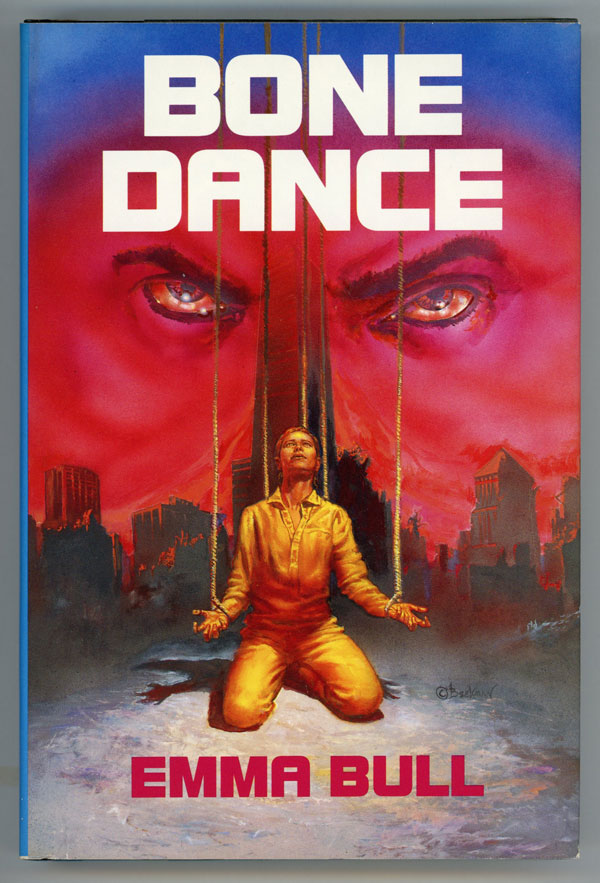
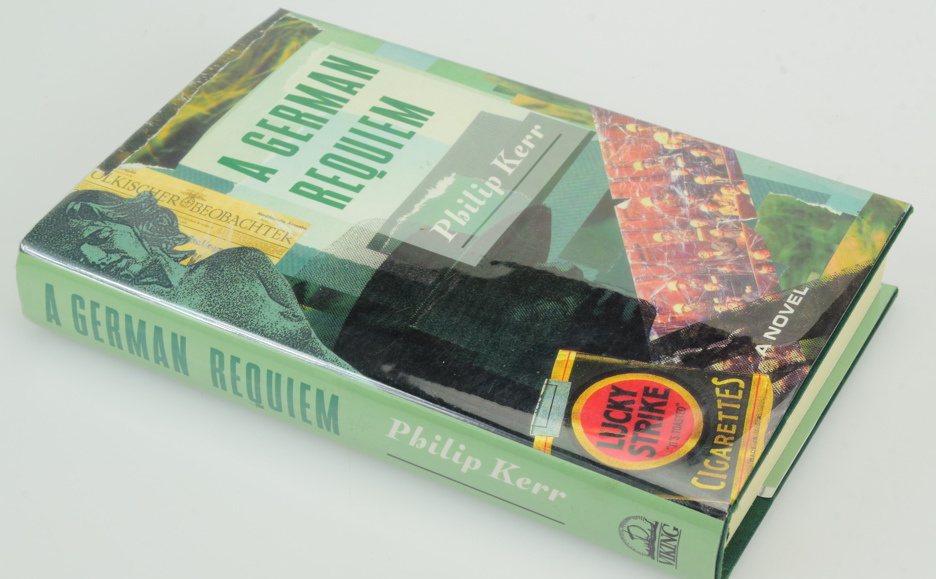
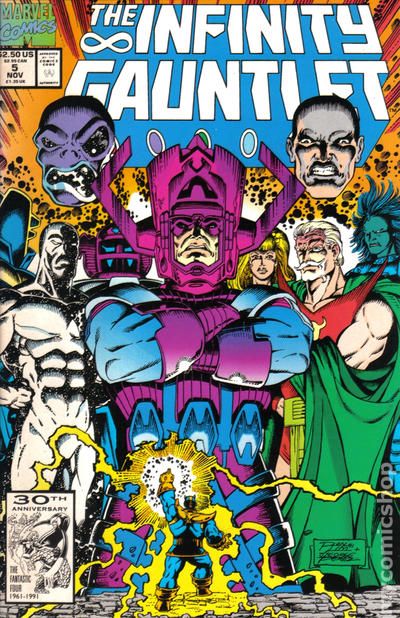
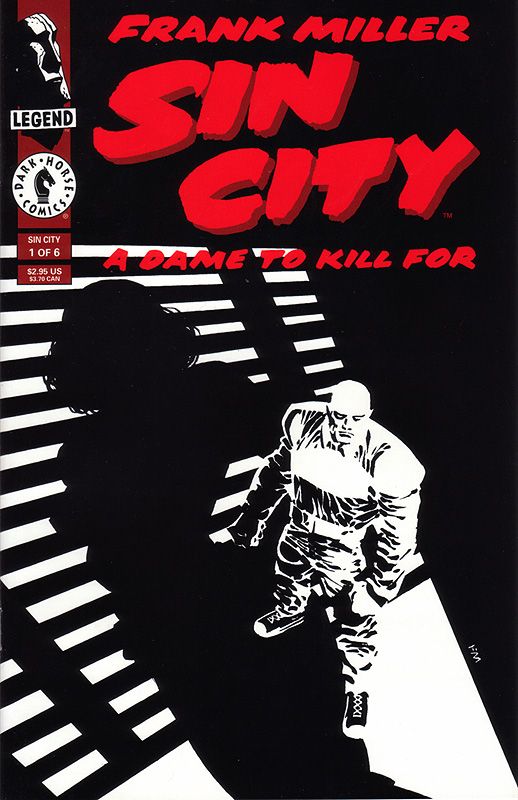

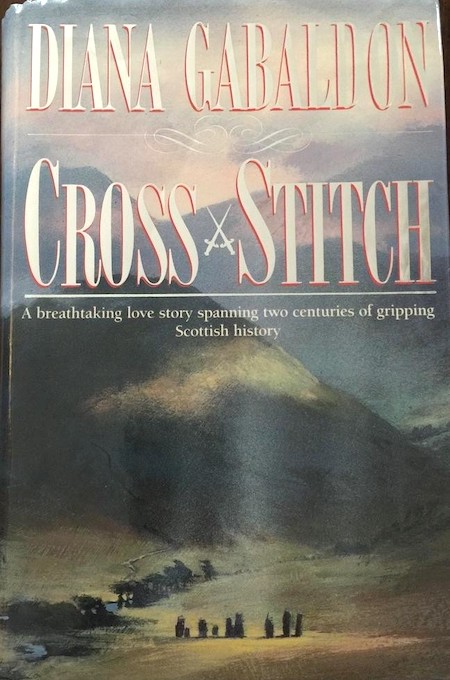
JOSH GLENN’S *BEST ADVENTURES* LISTS: BEST 250 ADVENTURES OF THE 20TH CENTURY | 100 BEST OUGHTS ADVENTURES | 100 BEST RADIUM AGE (PROTO-)SCI-FI ADVENTURES | 100 BEST TEENS ADVENTURES | 100 BEST TWENTIES ADVENTURES | 100 BEST THIRTIES ADVENTURES | 75 BEST GOLDEN AGE SCI-FI ADVENTURES | 100 BEST FORTIES ADVENTURES | 100 BEST FIFTIES ADVENTURES | 100 BEST SIXTIES ADVENTURES | 75 BEST NEW WAVE SCI FI ADVENTURES | 100 BEST SEVENTIES ADVENTURES | 100 BEST EIGHTIES ADVENTURES | 75 BEST DIAMOND AGE SCI-FI ADVENTURES | 100 BEST NINETIES ADVENTURES | 75 BEST HADRON AGE SCI-FI ADVENTURES | NOTES ON 21st-CENTURY ADVENTURES.
